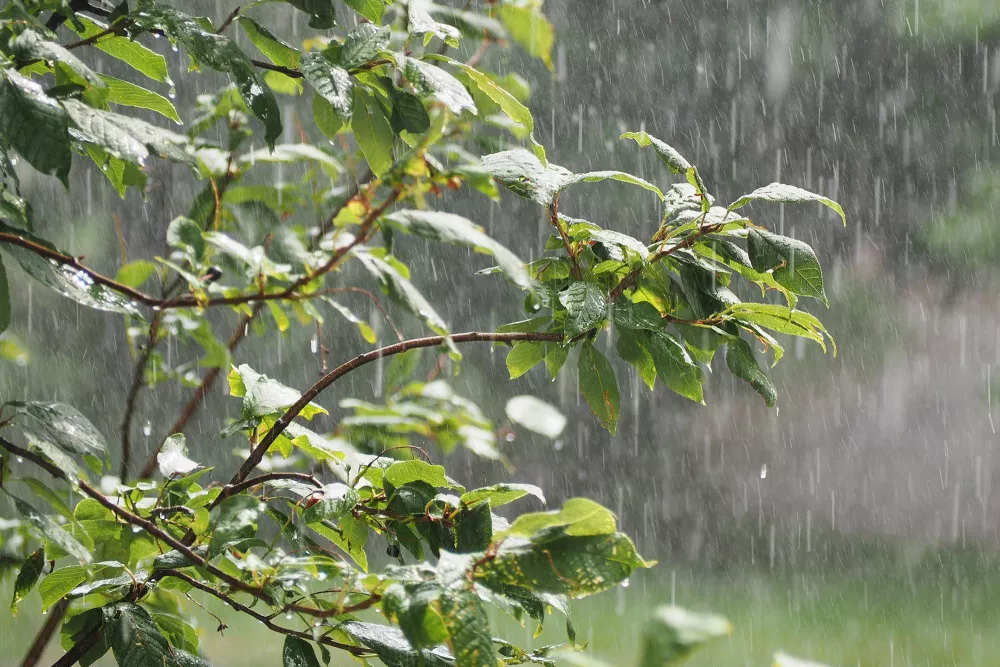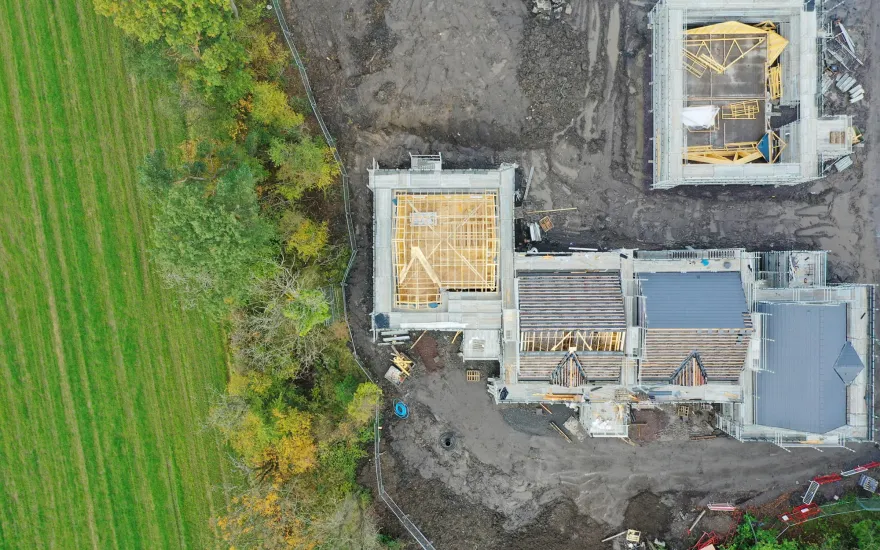Now live: The 2025 Canopy Report. Learn how Americans see trees. GET THE REPORT
Bulletin
How Trees Can Retain Stormwater Runoff
Trees in our communities provide many services beyond the inherent beauty they lend to streets and properties. One of the most overlooked and underappreciated is their ability to reduce the volume of water rushing through gutters and pipes following a storm.

This means less investment in expensive infrastructure and – importantly – cleaner water when the runoff reaches rivers and lakes.
Drop by drop, rainwater is stored on the leaves of trees, slowing and reducing runoff. The collective effect of this simple action can make a huge difference in a community.
Have you ever stood under a tree that has served as an umbrella during a sudden downpour? Not a good idea when lightning is present, but otherwise the canopy offers welcome shelter.
The next time you experience the umbrella effect, consider the amazing service each tree provides to the quality of our environment. Aside from keeping you dry, the leaves and bark of a tree retain a huge amount of water, allowing some of it to evaporate and some to more slowly reach the ground. Depending on size and species, a single tree may store 100 gallons or more, at least until it reaches saturation after about one to two inches of rainfall. When multiplied by the number of trees in a community, this interception and redistribution can be significant. It is estimated that the urban forest can reduce annual runoff by 2 – 7 percent. This reduction can be converted into dollar savings due to the use of smaller drainage and artificial retention systems. When trees are combined with other natural landscaping, studies have shown that as much as 65 percent of storm runoff can be reduced in residential developments. In fact, sometimes even 100 percent of rainfall can be retained on site.
Through the collective action of leaves and the anchoring and absorbing effects of roots, trees also contribute to soil stabilization, cleaner water and the recharge of groundwater that serves as the drinking supply for over half the nation’s population. The role of trees in stormwater retention and its resulting benefits to public health and municipal budgets deserves greater appreciation. It is one more reason why the planting and care of trees in our communities is of critical importance.
In This Bulletin
Here’s what’s inside:
- Pioneering Research Leads to Useful Applications – i-Tree tools help communities take advantage of water management research
- More Ways That Trees Can Help – putting trees to work managing stormwater
- Cities Putting Trees to Work for Stormwater Control – Portland’s approach to managing stormwater with trees
